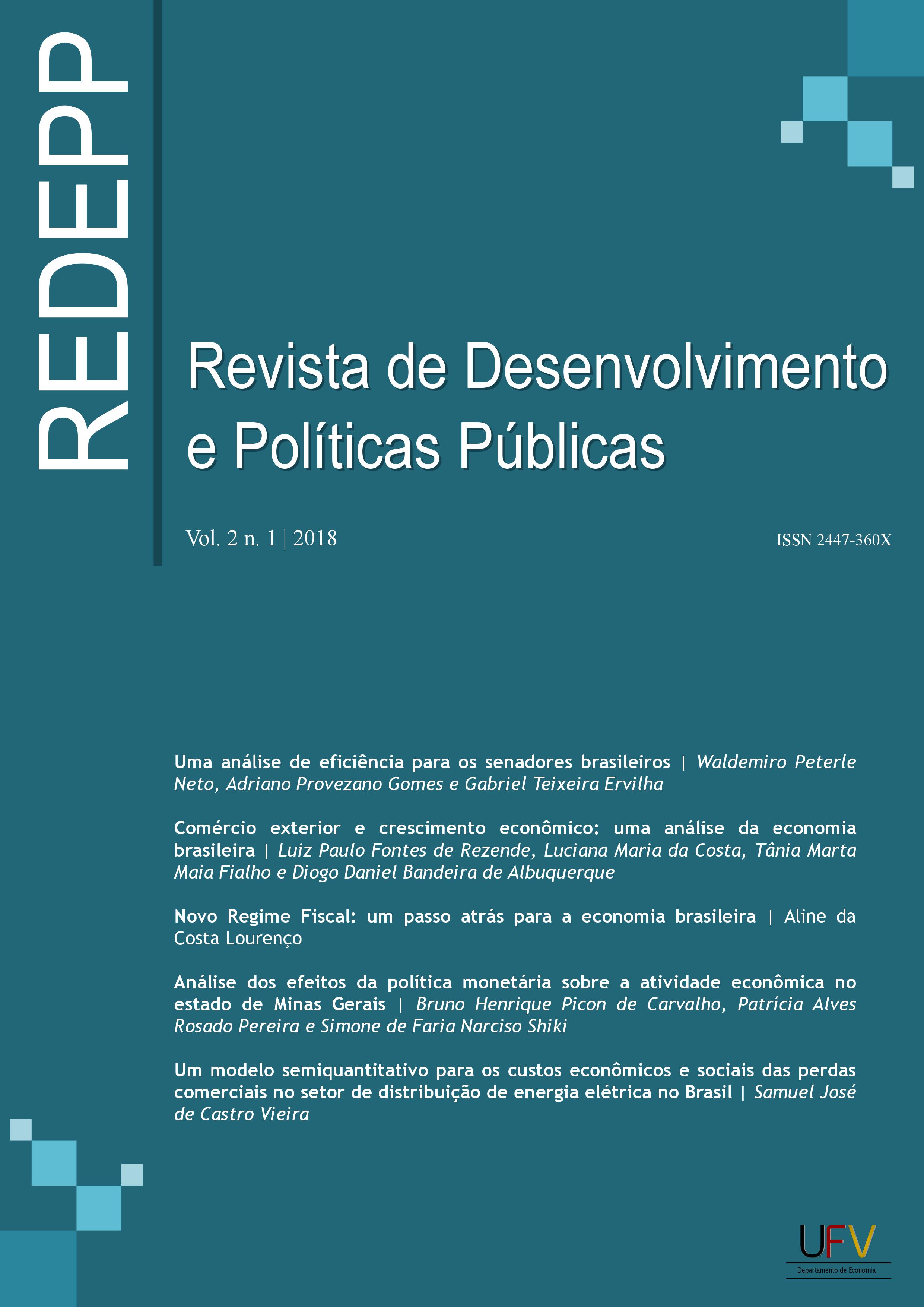Um modelo teórico para os custos econômicos e sociais das perdas comerciais no setor de distribuição de energia elétrica no Brasil
DOI:
https://doi.org/10.31061/redepp.v2n1.78-95Abstract
Commercial electricity losses are an important item of tariff calculation in Brazil, according to data from the Ascende Brasil Institute, in year of 2015 a total amount of 8 billion of reais would have been lost in theft of energy. A portion of this amount is not recognized on the distributor’s tariffs, imposing the constant search for the reduction in energy losses. The social aspects of access to electricity consumption and the prudence of investments must be considered on this calculation. Among the various roles of the regulatory state is promoting social inclusion. Based on this concern, regulation in Brazil needs promote the necessary tariff coverage for the inclusion of low-income families and the contractual security for the distribution system operators to maintain their economic and financial balance. This article discusses the interconnection between current regulation and the needs of Brazilian society, pointing ways to construct a better regulatory framework. In particular, it is argued that despite the social dimension of income, the current model does not necessarily produce lower costs, and, can be argued that the maintenance of a higher tariff recognition level of commercial losses translates into lower global costs for society. At the end of this work we can said that tolerating a higher level of losses recognized on the tariffs covers two non-exclusive objectives, a low bill and the social inclusion of families marginalized by poverty. Both dimensions provided by a restriction of prudence impose investments that respect the lower tariff.



